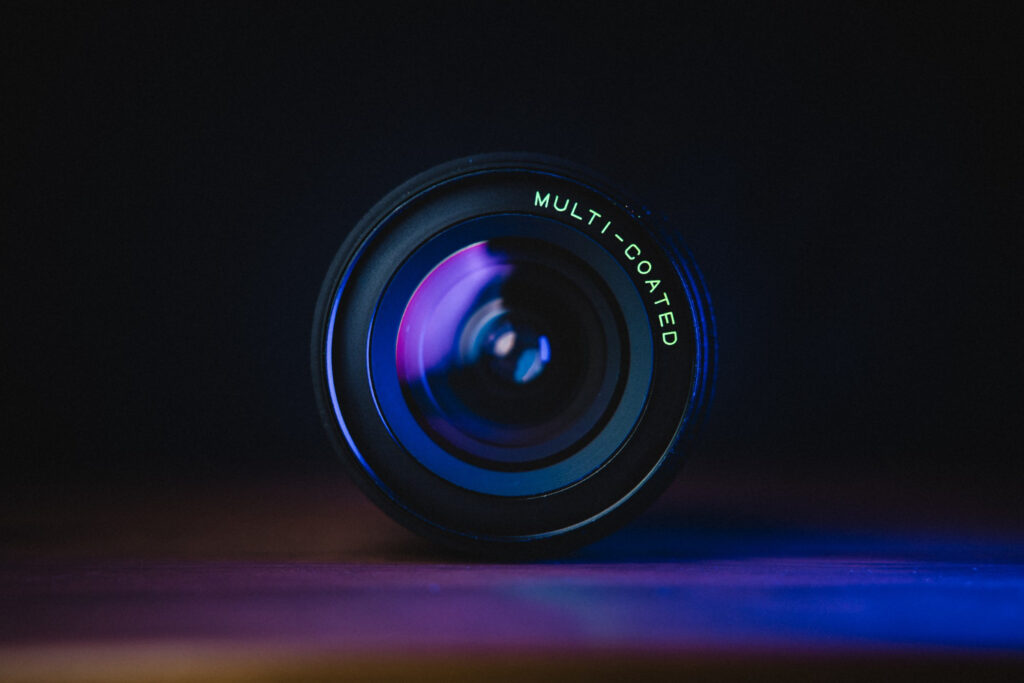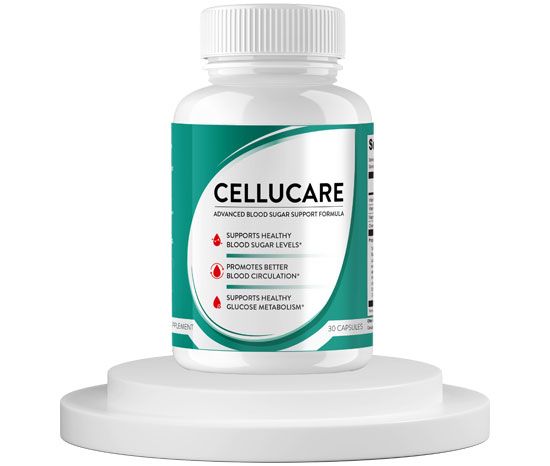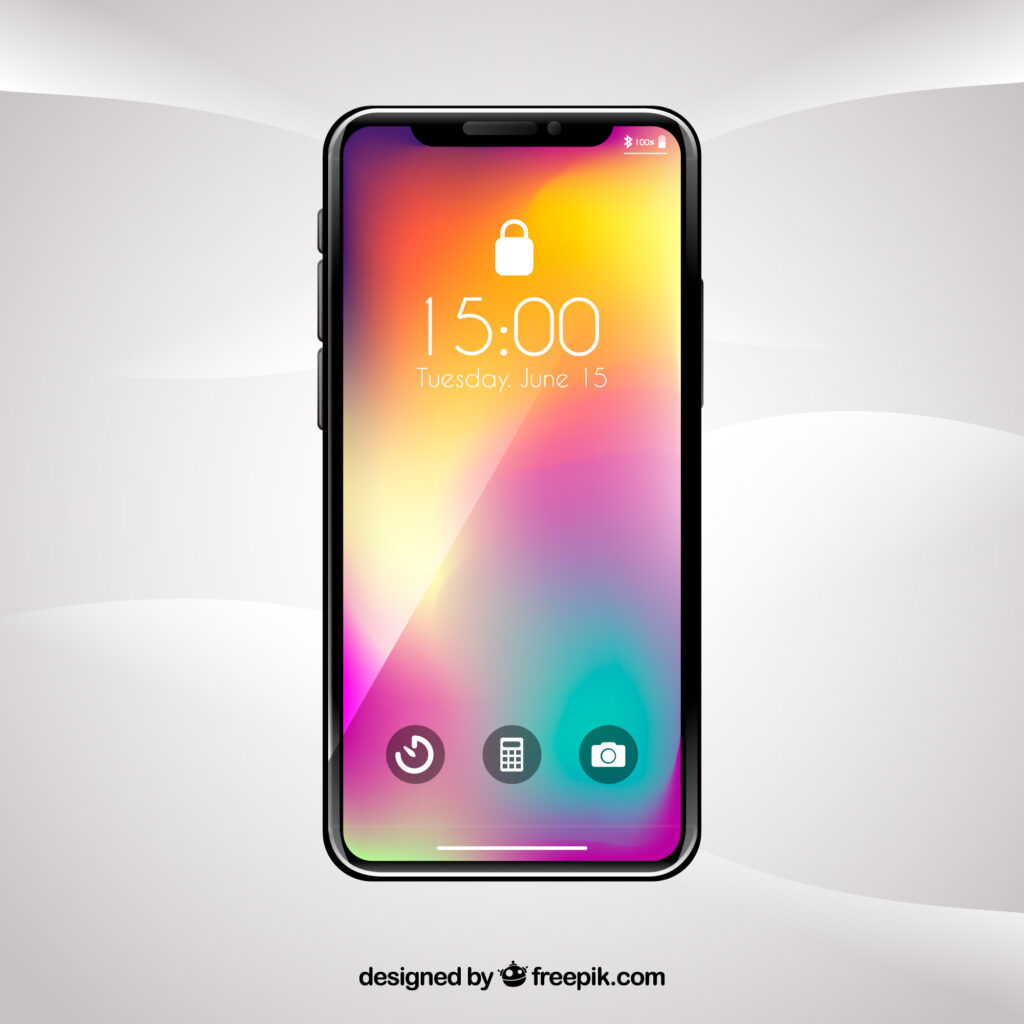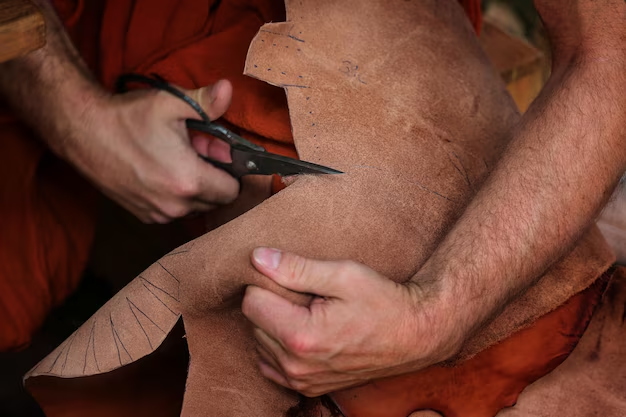Photography is more than capturing what is in front of the camera. It is also about creating an atmosphere, mood, or artistic style that makes an image stand out. One of the most popular ways to achieve this look is through lens flare. With tools like photeeq lens flare, photographers and editors can easily add this creative effect to their photos, giving them more depth, light, and character.
This guide explores what photeeq lens flare is, how it works, its features, and the best ways to use it effectively. You will also learn common mistakes to avoid, tips for creating natural results, and alternative tools that may help you achieve similar effects.
Understanding Photeeq Lens Flare
Lens flare happens when light enters the camera lens and scatters, creating bright streaks, circles, or glow effects. While this can happen naturally in photography, many editors use software tools to add it intentionally.
Photeeq lens flare is a tool designed to replicate these natural effects in a controlled way. Unlike random light leaks that may appear in raw photography, photeeq allows you to decide when, where, and how strong the flare should be. This gives photographers and editors creative freedom to enhance images without losing control of the final result.
Photeeq became popular because it makes lens flare accessible to all skill levels. Even beginners who are new to editing can add professional-quality flares to their photos in just a few clicks. For more advanced users, the tool offers detailed options for fine-tuning the effect so that it blends smoothly with the photo’s lighting and subject.
Features of Photeeq Lens Flare
What makes photeeq lens flare stand out is its balance between simplicity and flexibility. Users can quickly apply lens flare effects while also having control over the details. Some of the main features include:
- Customizable Flare Styles: You can choose from different flare patterns, from subtle light streaks to bold circular glares. This allows for both natural and dramatic looks.
- Position Control: The flare can be moved around the image, so it appears exactly where you want it, usually near a light source such as the sun or a lamp.
- Brightness and Opacity Adjustments: These options help balance the intensity of the flare, making it soft and realistic or bold and artistic.
- Color Options: Photeeq allows users to adjust the color of the flare to match the mood of the photo. Warm tones create a sunny, golden look, while cooler tones add a dreamy atmosphere.
- Layering Ability: The flare can be applied as a separate layer, giving editors flexibility to adjust or remove it later without harming the original image.
These features make the photeeq lens flare tool useful for many creative projects, whether you want a subtle glow for portraits or a dramatic effect for outdoor landscapes.
How Photeeq Lens Flare Enhances Photos
Adding a lens flare is more than a visual trick; it can transform how viewers feel about an image. When used correctly, photeeq lens flare enhances photos in several ways.
First, it adds depth and realism. Natural sunlight often creates small flares when captured through a camera lens. By using photeeq, editors can simulate that natural look, making a photo appear less staged and more lifelike.
Second, it creates mood and atmosphere. A warm flare can suggest a sunny afternoon, romance, or nostalgia, while a sharp, bright flare can give a modern and energetic feel.
Third, it draws attention to key areas of the photo. By positioning the flare near the subject, editors can subtly guide the viewer’s eye to the most important part of the image.
Finally, it adds creativity and style. Many photographers use lens flare as part of their signature editing style, giving their portfolio a unique and recognizable look.
With the photeeq lens flare tool, all of these enhancements are easy to achieve without complicated editing steps.
Using Photeeq Lens Flare in Editing Software
One of the strengths of photeeq lens flare is its compatibility with different editing platforms. While the exact workflow may depend on the software you use, the general process is simple.
In most editing programs, photeeq works as an extension or plugin. Once installed, you can access lens flare options directly from the editing menu. After choosing a flare style, you can drag it into the image, adjust its position, and fine-tune brightness or opacity.
For example, in programs like Photoshop or Lightroom, photeeq can be added as a separate layer. This is useful because you can edit the flare independently of the rest of the photo. You can also duplicate layers, experiment with multiple flares, or adjust blending modes for different effects.
Mobile users may also be able to access photeeq lens flare through apps that support plugins or add-ons. While desktop software offers more advanced controls, mobile editing with photeeq makes it possible to add professional effects quickly on the go.
The smooth integration of photeeq into editing software makes it a flexible choice for both hobbyists and professionals.
Tips for Achieving Natural Results with Photeeq Lens Flare
While lens flare can dramatically improve photos, it works best when applied with subtlety. Here are some ways to keep photeeq lens flare effects looking natural:
Start by matching the flare to the light source in your photo. If your photo has sunlight coming from the top left, the flare should also appear in that area, not somewhere unrelated. This makes the effect look real instead of artificial.
Control brightness carefully. Overly bright flares can distract viewers and take attention away from the subject. Lower opacity often creates a softer, more believable look.
Choose colors that match the scene. For example, use warm tones for sunset images and cooler tones for night or indoor shots.
Finally, experiment with size and intensity. Smaller flares often blend better into everyday images, while larger flares can work well in dramatic landscape shots. The goal is to enhance the photo without overpowering it.
By following these steps, editors can use photeeq lens flare to create stunning but realistic results.
Common Mistakes to Avoid with Photeeq Lens Flare
Beginners often make a few common mistakes when working with photeeq lens flare. Recognizing these early can help you avoid them and create more polished images.
One mistake is overusing the effect. Too many flares in one photo can look unnatural and unprofessional. Lens flare works best as an accent, not the main subject.
Another mistake is ignoring light direction. If the flare does not match the actual lighting in the photo, it will stand out as fake. Always consider the original light source before placing the flare.
Some users also forget to adjust the color. A flare with the wrong tone can clash with the rest of the image, breaking the overall mood.
Lastly, applying flare at full intensity is a common error. Flares that are too bright may wash out important details or make the photo look over-edited.
By avoiding these mistakes, you can use photeeq lens flare to achieve clean, professional results every time.
Alternatives to Photeeq Lens Flare
While photeeq is a strong choice, there are other tools that provide similar effects. Editors who want to experiment can explore these alternatives.
Some photo editing programs like Photoshop already include built-in lens flare filters. These are easy to use but may not offer the same level of customization as photeeq.
There are also other plugins and apps focused on light effects. Some specialize in cinematic looks, while others provide more stylized, artistic flares.
For mobile users, many editing apps include basic lens flare options. While these may be less powerful than desktop tools, they can still produce good results for quick edits.
Exploring alternatives ensures that you find the tool that best fits your style and workflow, even if photeeq lens flare remains your primary choice.
Conclusion
Lens flare is one of the most effective ways to add mood, depth, and creativity to a photo. With photeeq lens flare, photographers and editors have a reliable tool that makes this effect easy to apply and control. From customizable features to simple integration with editing software, it offers flexibility for both beginners and professionals.
When used with care, photeeq lens flare can transform an ordinary photo into something memorable and engaging. The key is subtlety—matching the effect with the natural light, choosing the right colors, and avoiding overuse.
By understanding its features, practicing good techniques, and exploring alternatives, editors can use photeeq lens flare to achieve professional-quality results that bring photos to life.
FAQs
1. What is photeeq lens flare used for?
Photeeq lens flare is used to add realistic or creative light effects to photos, making them look more atmospheric and visually appealing.
2. Is photeeq lens flare free or paid?
Photeeq may be available in both free and premium versions, depending on the platform or package. Premium versions often provide more advanced features.
3. Can photeeq lens flare be used on mobile editing apps?
Yes, some mobile apps support photeeq or similar flare tools. While mobile options may be simpler than desktop versions, they still allow quick and creative editing.
4. How do I make photeeq lens flare look realistic in photos?
To achieve a natural look, match the flare to the direction of the light source, use soft brightness, and choose colors that fit the mood of the photo.




